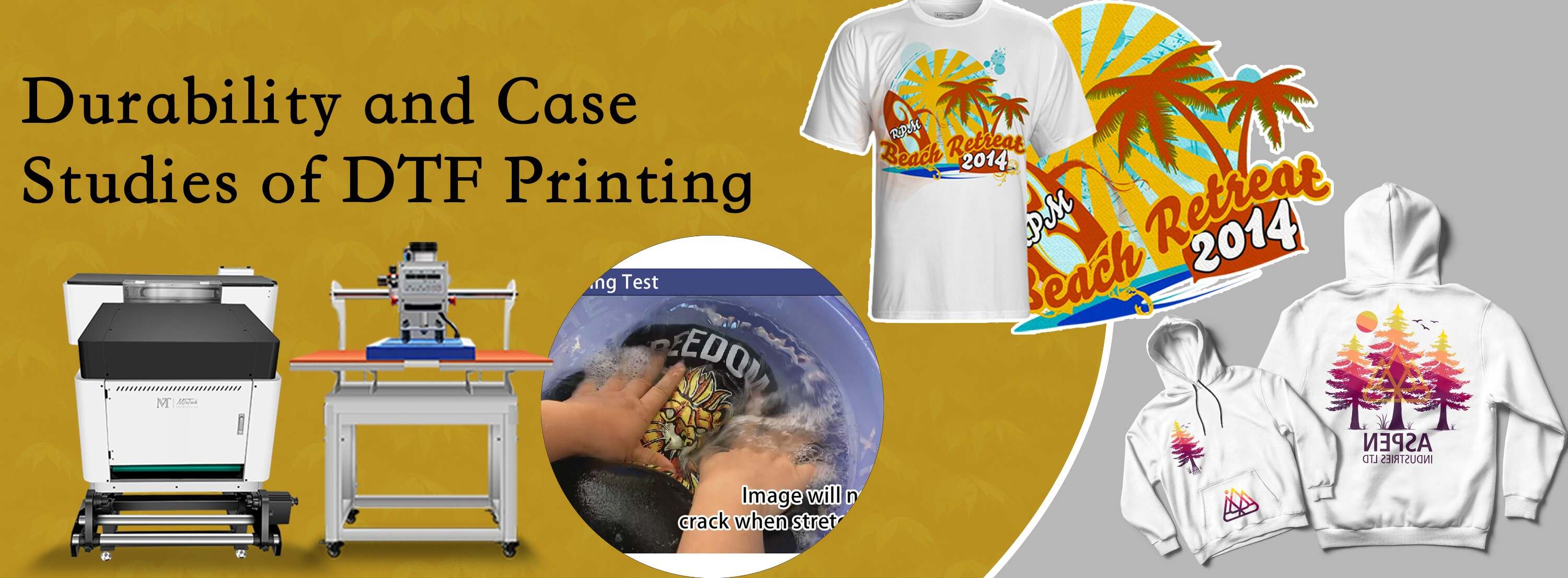DTF Printing Transformation: Unleashing Creative Thinking in Fabric Style and Production
DTF Printing Transformation: Unleashing Creative Thinking in Fabric Style and Production
Blog Article
Mastering DTF Printing: Advice for Getting Vibrant and Resilient Prints
On the planet of textile printing, attaining dynamic and durable prints is a coveted skill that can raise the top quality of your output. Mastering DTF (Direct to Film) printing requires a mix of technical expertise, precision, and interest to information. From picking the appropriate products to tweak print setups and perfecting post-printing ending up methods, there are many factors that can affect the result of your prints. Comprehending how to browse these details can make all the difference in between a mediocre outcome and an absolutely outstanding one.

DTF Printing Basics
For those brand-new to the world of fabric printing, comprehending the fundamentals of DTF printing is important to mastering this innovative strategy. Straight to Film (DTF) printing is a contemporary approach that includes moving designs from an unique movie onto numerous textiles using a warmth press. Unlike traditional approaches like screen printing, DTF supplies benefits such as vibrant shades, intricate describing, and the capacity to publish on diverse materials like cotton, polyester, and blends.
The process starts by publishing the design on a special DTF film utilizing a compatible printer with CMYK or CMYKW ink sets. Once the layout is published, it is then cured with a warmth press to develop a lasting and long lasting print. DTF printing is recognized for its ability to recreate intricate designs with high accuracy and shade precision, making it a prominent option for businesses seeking to create custom-made clothing, marketing products, and much more.
Picking the Right Products

Equally important is the choice of the glue powder. The adhesive powder functions as a bonding agent between the printed design and the material, so it should have solid attachment homes to guarantee a long lasting and durable transfer. Different materials might need various types of sticky powders, so it is critical to match the powder to the material kind for optimal outcomes - DTF Printing. By very carefully picking the right materials for DTF printing, printers can boost the top quality, vibrancy, and longevity of their prints.
Maximizing Print Setups
When aiming to attain the finest results in DTF printing, thorough focus to optimizing print setups is vital for making sure specific and top quality transfers onto fabrics. One key facet to consider when maximizing print setups is the resolution.
While enhancing the rate can boost effectiveness, it may jeopardize the last print's quality and color saturation. Experimenting with various speeds and observing the outcomes can aid identify the ideal setting for each print work.
Furthermore, make improvements color accounts and making sure proper color monitoring are crucial for achieving exact and consistent colors across various prints. By calibrating shade setups and profiles, printers can reduce color deviations and generate consistent results, enhancing the general print quality and customer satisfaction.
Preparing Artwork for DTF Printing
Transform the artwork to CMYK color mode to ensure that the shades translate precisely from screen to print. Bear in mind to mirror the last design before publishing to make sure that it transfers properly onto the garment. By complying with these steps and paying close interest to the details, you can prepare artwork that is optimized for vibrant and durable DTF prints.
Post-Printing Finishing Techniques
Executing efficient post-printing finishing methods is essential to enhancing the durability and aesthetic appeal of DTF prints on fabrics. When the printing procedure is full, applying warmth to the printed style is crucial.
After heat pushing, peeling the PET movie carefully is a critical step. This process ought to be done gradually and steadily to avoid any kind of you could look here damage to the print. As soon as the movie is removed, the print might call for extra curing time to further set the ink right into the fabric. This action helps improve the washability and sturdiness of the print, guaranteeing it can stand up to multiple wash cycles without fading or go to my blog breaking.
In addition, cutting any type of excess movie around the style can provide the final print a clean and professional look. Making the effort to appropriately finish DTF prints post-printing can substantially impact the general top quality and long life of the fabric design.

Final Thought
In conclusion, grasping DTF printing needs an extensive understanding of the basics, choosing proper products, maximizing print settings, preparing artwork efficiently, and utilizing post-printing finishing strategies. By complying with these tricks and suggestions, one can achieve dynamic and sturdy prints that satisfy their desired top quality standards. Constant method and attention to detail are vital in achieving effective results in DTF printing.
From picking the appropriate products to make improvements print settings and perfecting post-printing completing strategies, there are countless factors that can affect the outcome of your prints. Unlike typical methods like display printing, DTF offers advantages such as dynamic this link shades, intricate outlining, and the capacity to publish on diverse products like cotton, polyester, and blends.
As soon as the design is printed, it is then treated with a warmth press to develop a long lasting and durable print.When aiming to attain the finest results in DTF printing, thorough focus to optimizing print setups is crucial for making sure premium and accurate transfers onto fabrics.In verdict, understanding DTF printing calls for an extensive understanding of the basics, selecting suitable materials, enhancing print settings, preparing artwork successfully, and making use of post-printing finishing strategies.
Report this page